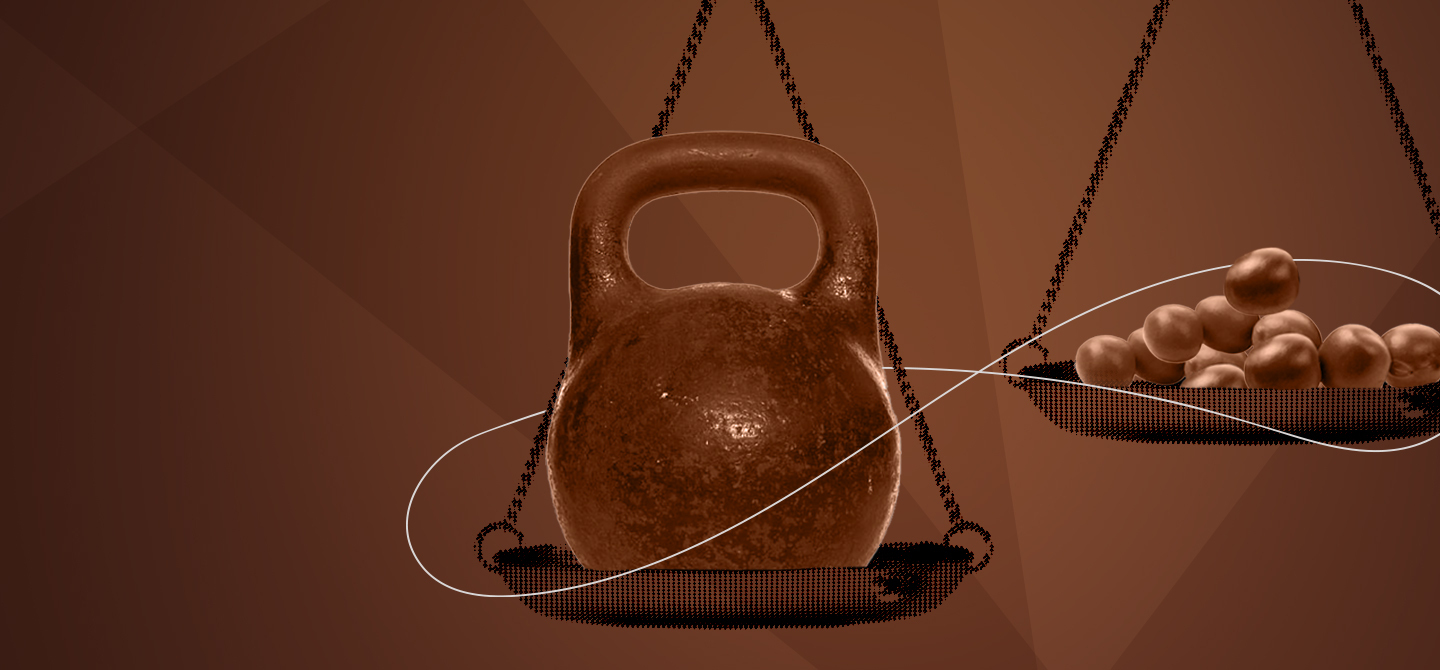Vicious cycles of obesity: a game of biological and social dynamics
- From a biological point of view, there are genetic factors of obesity – particularly polygenic forms involving several genes at once – called “common obesity”. These can influence susceptibility of individuals to gain weight.
- Sociological studies have identified different social dynamics and trajectories associated with obesity. For example, the prevalence of obesity among people in precarious situations is 8%.
- Obesity can become a self-perpetuating medical and social pathological situation.
- On the one hand, genetics, feedback processes and the obesogenic environment make the person obese, and on the other are developmental trajectories, the double causal chain of precarity/stigma and the pressure of value systems.
- The fight against obesity is therefore being waged on two fronts: biological and sociological.
Excessive weight affects almost half of the French population and on a global level obesity figures have tripled over the last 40 years1. In France, the fight against obesity began more than two decades ago with the first National Nutrition and Health Plan (PNNS), the fourth part of which was launched in 2019. A national fight that is justified because obesity is not an ordinary disease. Although we might tend to think that the increase in obesity is solely the result of modern diets and a sedentary lifestyle, science is now showing us that there are more biological and sociological factors than previously thought.
Genetic and social factors
From biology to sociology, researchers working on the issue are fairly unanimous on this fact: there is not one, but several obesities. From a biological point of view, it seems to have taken a long time to affirm, “initially, genetic epidemiological models, [without genome screening], suggested that 40–70% of the variation in corpulence on a population scale could be attributable to genetic factors”, recalls Karine Clément, professor and hospital practitioner at the Pitié-Salpêtrière hospital and director of the Inserm NutriOmique laboratory. “With the discovery of monogenic obesity, research has shown that certain forms of obesity are caused by genetic mutations that alter certain physiological mechanisms.”
However, these monogenic forms are rare. They represent only a small number of cases compared to the growing incidence of obesity. In contrast, polygenic forms highlight the extraordinary complexity of obesity with associated genetic variants present throughout the human body. Called “common obesity”, the latter is due to degrees of susceptibility expressed through hundreds of gene variants and a very important environmental component.
Monogenic forms are rare, they represent only a small number of cases compared to the growing prevalence of obesity.
“These polygenic forms are not solely responsible for obesity,” explains the specialist. These are forms in which the environment plays a predominant role. In other words, there are people in the population who are more likely than others – genetically – to be overweight when faced with the same diet and behaviour23. In addition, there are cognitive factors, such as cognitive restriction [the attitude of people who deliberately limit their food intake in order to lose weight or to avoid gaining weight] or the ability to evaluate food portions according to their needs.
Sociology considers the same axiom as the natural sciences, namely that obesity is ultimately the result of energy intake exceeding expenditure. But it also adds different types of obesity depending on the associated social factors. Jean-Pierre Poulain, professor of sociology at the University of Toulouse, a specialist in issues relating to the social and cultural dimensions of human nutrition and author of the book Sociology of Obesity, distinguishes three main types of obesity, “precariousness, migration and excessive pressure of aesthetic ideals.”

These distinctions help to understand the different social dynamics and trajectories associated with obesity. “We often hear that obesity is over-represented among the working classes,” says Jean-Pierre Poulain. “Making this distinction is essential if we are to hope for effective prevention models. To illustrate this point, we can use the Nutrialis survey which highlights these qualitative differences in precariousness using quantitative data. The prevalence of obesity among people in precarious situations is 8%, and it is 14% among people whose lives are deteriorating”.
The vicious cycle
From the point of view of both disciplines, obesity is sustained by feedback loops. In biology, it is the accumulation of adipose tissue that maintains obesity. “When you reach a certain level of obesity, fat mobilisation becomes difficult. In a situation where we normally have to metabolise lipids with, for example, physical activity, the hormonal and biological systems that allow the process to take place correctly are altered.” Karine Clément insists that the accumulation of adipose tissue hinders fat loss. As such, it is easy to understand the vicious cycle that sets in and makes obesity a systemic disease that is extremely difficult to treat.
In sociology, researchers are looking at the double chain of causality related to stigmatisation and the representations that we collectively have of an obese person. If precarity is associated with obesity, the situation of obesity will also act on this precarity by forming a double chain of causality. “An obese person has less access to university, has a more difficult school career, has difficulty getting job interviews, is discriminated against at work, etc.”, illustrates Jean-Pierre Poulain. Among people with few or no qualifications, 14.3% are obese and 33.5% are overweight, compared with barely 5% obese and 19% overweight among people with qualifications4.
From the biological to the sociological, obesity thus becomes a self-perpetuating medical and social pathological situation. And if medical research can hope to provide some solutions, it would seem that an important issue is the stigmatisation of obese people. “Stick a label on someone that will become the main status of the person concerned and all other characteristics fade away,” explains Jean-Pierre Poulain. “This stage marks the cleavage between this person and people considered ‘normal’. We are in a phase of discrimination that is not yet stigmatisation – but almost.”
“Supported by rational choice theories, an obese person will be seen as someone who cannot control themselves with food. From there, we can then ask whether they know how to control themselves in other areas of their lives and whether they are trustworthy in general, simply because of their appearance,” says Jean-Pierre Poulain. In other words, obese people are considered to be entirely responsible for their situation, whereas their share of responsibility is likely much smaller than that.
Karine Clément agrees. “To uphold that obese people are responsible for their situation and that eating less is a matter of choice is a completely obsolete view in natural science,” she says. “They have extremely limited scope with regard to genetic, physiological and cognitive factors and the environment in which they live.”
As a result, biology and sociology agree that obese people cannot be held solely responsible for their situation. On the one hand, genetics, feedback processes and the obesogenic environment make the person obese, and on the other hand, developmental trajectories, the double causal chain of precarity/stigma and the pressure of value systems to adopt solutions that aggravate the problem make the obese person a prisoner of their situation.
Towards a new paradigm
The fight against obesity is therefore being waged on two fronts. On the one hand, the medical sciences and the era of blockbuster drugs have dreamed of the molecule that would make obesity a bad memory. Karine Clément and Jean-Pierre Poulain both take a critical look at this moment in the history of the fight against obesity. The university professor and hospital practitioner remember it as a “hard blow to the field”, while the sociology professor points to the amplification of the problem by the pharmaceutical industry, which thought it had the perfect solution. The abject failure of drugs with a reductive view of the disease has highlighted the need for a more individualised approach to obesity. This is what research is now pursuing.
“Whatever we do in the field of obesity management, from hygiene and dietary rules to pharmacology and even surgery, there are considerable variabilities in the response to these treatments and the challenge of research is to detect these variables in order to improve the management of obesity,” explains Karine Clément.
Finally, prevention and public health messages have focused on the behaviour of individuals, often considering them as the homo economicus of rational choice theory in most countries of the world5. The effectiveness of these methods clearly leaves much to be desired and points to the need for public health to move away from disembodied promotion of what should be done and instead address the social causes of obesity, namely precarity and the value systems associated with thinness that are major determinants of the way we eat and move. The aim is to improve the material conditions of individuals while discrediting the discourse that makes thinness a guarantee of health. Everything remains to be done.















